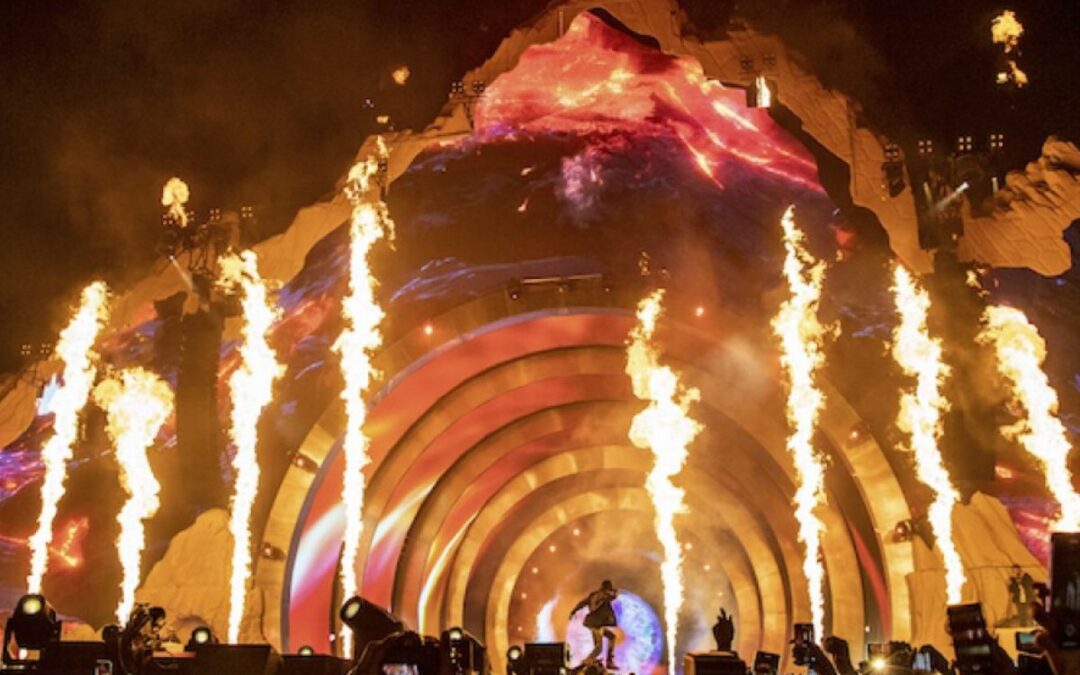The history of live music is regrettably tainted with several disastrous incidents that have taken hundreds of lives. By looking at the most tragic concert accidents, a chilling pattern of overpacking, poor safety provisions, poor emergency planning, and poor venue facilities emerges. The five deadliest concert tragedies outlined below-from 1969 to 2021-have together taken more than 260 lives and injured thousands.
The Station Nightclub Fire (2003)
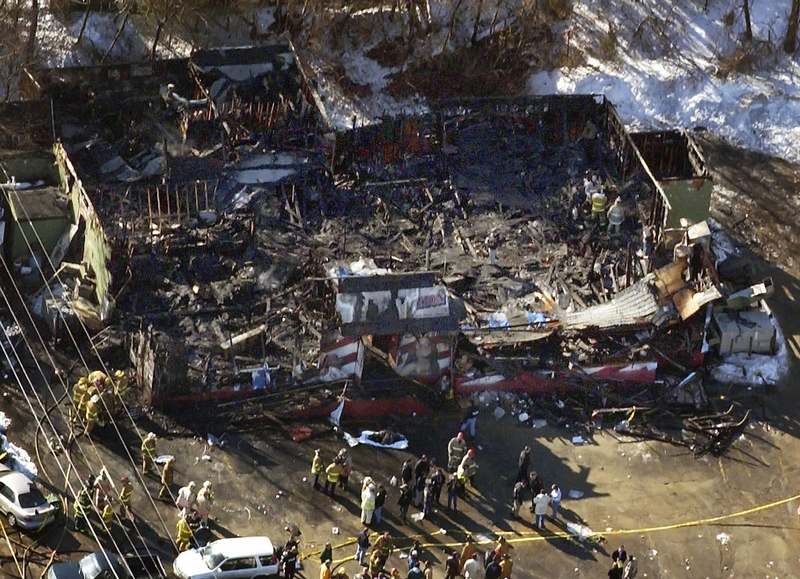
When Pyrotechnics Turned Deadly On February 20, 2003, a typical rock concert that began at The Station nightclub in West Warwick, Rhode Island, turned into one of the deadliest nightclub fires in the history of the United States. During the performance by the band Great White, pyrotechnic effects on stage set the polyurethane foam insulation used as soundproofing on the walls and ceiling on fire.
The Fatal Chain of Events
The fire started when the pyrotechnic devices set fire to the foam insulation wrap on the walls and ceiling that contained the stage platform. In less than a minute, people noticed smoke in the doorways, and in five minutes, fire was noticed as it burst out through the roof. Despite having four working exits, people naturally rushed towards the main door they had used to enter.
Bottlenecked Escape Routes and Rescue Efforts
The tight corridor at the front entrance soon turned into a frantic crowd as anxious spectators shoved against one another, forming a lethal human bottleneck. It has also been alleged that security personnel blocked several individuals from accessing a rear door, claiming it was only for the band. Out of the 100 fatalities, 95 perished.
Astroworld Festival Crowd Crush (2021): Contemporary Concert Tragedy
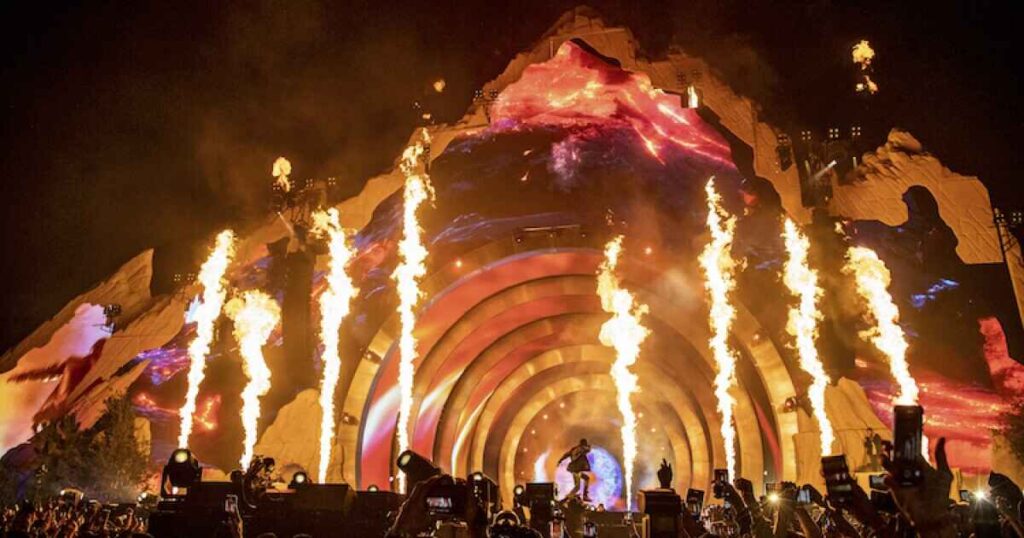
The Astroworld Festival, hosted by Travis Scott in Houston, Texas, was the site of a major concert disaster on November 5, 2021. Hosted as the first night of a two-day-long music festival, the concert became a deadly crowd surge incident that claimed the lives of ten people and injured many more. The accident raised questions about age-old problems of crowd management at festivals even when modern safety devices were present.
The Fatal Crush
The fatal crowd crush began around 9:15 p.m. during Scott’s headlining set. The location was proclaimed a mass casualty incident by 9:38 p.m.; however, the concert continued for another half-hour, closing around 10:10 or 10:15 p.m. Eight people were killed that night from the crush, and two later died from injuries, for a total of ten deaths. The cause of death in all ten victims was compression asphyxia, where one is crushed to death under the weight of the crowd around them.
Consequences and Effects
The second night of concerts, scheduled for November 6, was canceled after the tragedy. Over 300 people were treated in the festival medical tent for injuries, with 25 needing further hospitalization. The tragedy put tremendous pressure on artists, ticket promoters, security personnel, and venues to adopt safer concert practices. It also significantly impacted Travis Scott’s career trajectory and brand sponsorship, putting in the limelight what many have called a trend of irresponsible on-stage activity. Registered nurse and concertgoer Madeline Eskins has stated that the fans were running around searching for help, crying out to stage personnel to let the concert stop while people were dying, but “no one listened.”
Hillsborough Disaster (1989): Stadium Tragedy Beyond Music
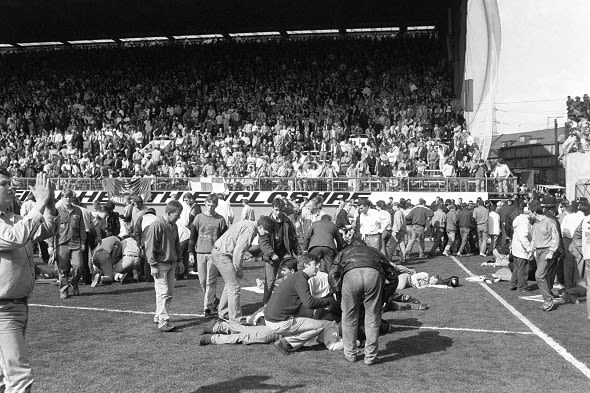
While technically a sporting event rather than a concert, the Hillsborough disaster ranks among the most appalling crowd tragedies in entertainment history and established pivotal precedents for crowd safety that apply to all large events, concerts included. On April 15, 1989, 97 died and 766 were injured at Hillsborough Stadium in Sheffield, England, at an FA Cup soccer match between Nottingham Forest and Liverpool.
Catastrophic Crowd Management Failure
The crowd rush was so massive that it overwhelmed the barriers that had been erected on the terraces. Fans were so tightly packed inside the pens that some of the victims died from compressive asphyxia while still standing—a cause of death later documented in the Astroworld disaster some decades later. The tragedy was brought about by an unprecedented number of fans being admitted into the stadium without crowd management measures in place.
Heritage and Reforms
Hillsborough created a sea change in stadium safety in the UK, with standing-room-only sections removed from big football stadiums and the implementation of all-seater stadiums. These ideals of safety would ultimately make their way into concert venue design globally, requiring the visibility of exits, improved crowd monitoring systems, and improved emergency response systems.
The Altamont Speedway Free Festival (1969): When Security Turned Violent
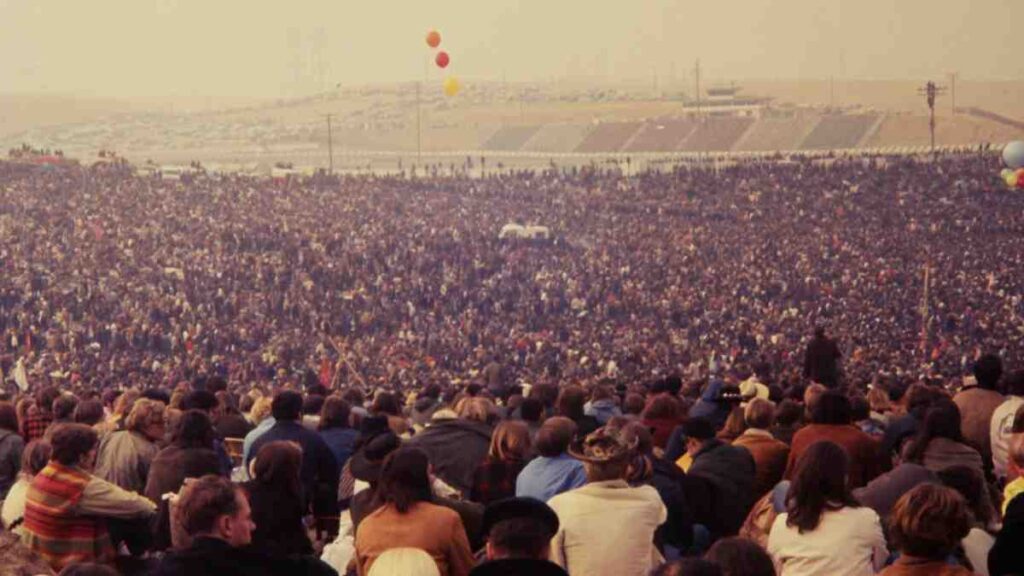
The Altamont Speedway Free Festival on December 6, 1969, was intended to be a glorious finale to the Rolling Stones’ 1969 U.S. tour free, Woodstock-style concert with a superstar lineup of acts including the Grateful Dead, Santana, Jefferson Airplane, and more. Instead, it turned out to be one of the most notorious incidents in the history of rock music, with violence and death.
A Rapidly Organized Occasion
Originally scheduled to be held in San Francisco’s Golden Gate Park, the concert was relocated at the last minute to the Altamont Speedway after city officials complained. This last-minute change of venue caused logistical issues that played a role in the day’s mayhem. Most notoriously, perhaps, the Hells Angels motorcycle club was engaged to serve as concert security.
Also Read…
Violence and Death
The security precautions ultimately turned out to be catastrophic when 18-year-old concert-goer Meredith Hunter was stabbed to death by Hells Angels members while the Rolling Stones performed. The disaster was not the only one; two other fans were killed in a hit-and-run automobile accident, and a fourth drowned in a canal after getting drunk on LSD. The violence went far beyond these deaths; during the day, a large number of participants were beaten by those who had been employed to protect them.
Conclusion:
Learning from Tragedy The five concert tragedies, spanning a period of over half a century, identify disturbing trends and valuable lessons regarding audience safety at large entertainment events. Shared causes of these fatal incidents are inadequate venue design, inadequate emergency egress, combustible building materials, overpopulation, inadequate crowd control, and delayed responses to developing emergencies.
The compression asphyxia that resulted in fatalities at both Hillsborough in 1989 and Astroworld in 2021 are examples of the continuation of these hazards despite technological progress. The concert business has adopted a range of measures in reaction to such disasters, including stricter fire codes, higher emergency egress requirements, better crowd management training systems, and stricter security screening procedures, as well as newer monitoring equipment.
Modern venues typically have broader corridors, more than one egress point, fire-resistant materials, automatic sprinkler systems, and better communication systems for staff and emergency responders. But the 2021 Astroworld tragedy is a sobering reminder that, regardless of how safety is improved, big events necessarily carry a risk if safety protocols are not rigidly followed. As the concert industry continues to grow, marked by increasingly large festivals and increasingly complex productions, it is essential that the lessons learned from such tragedies not be forgotten.

